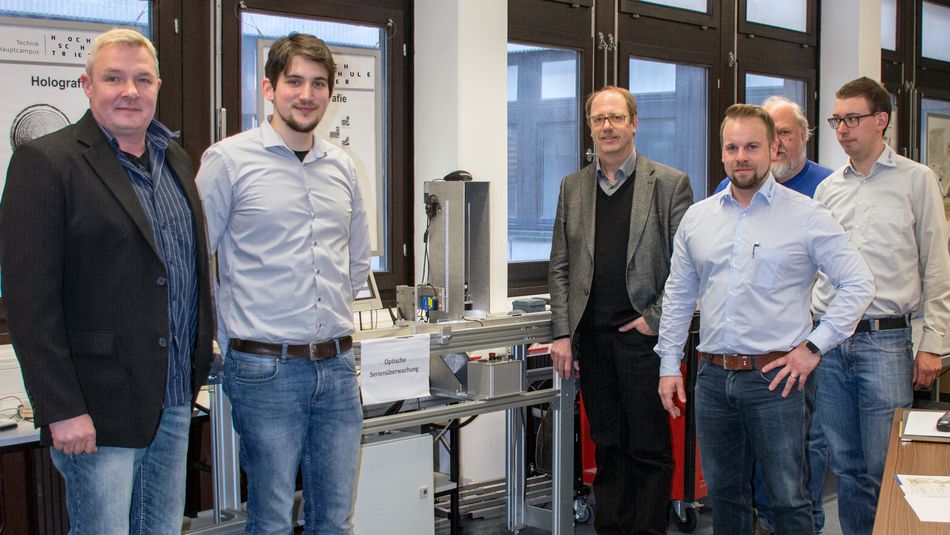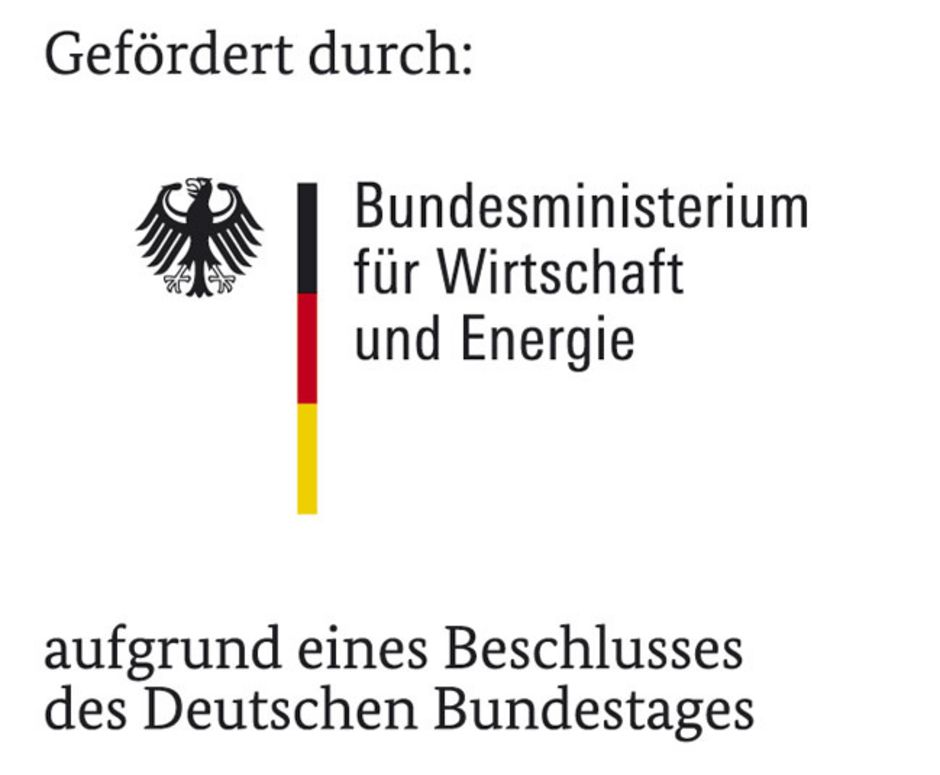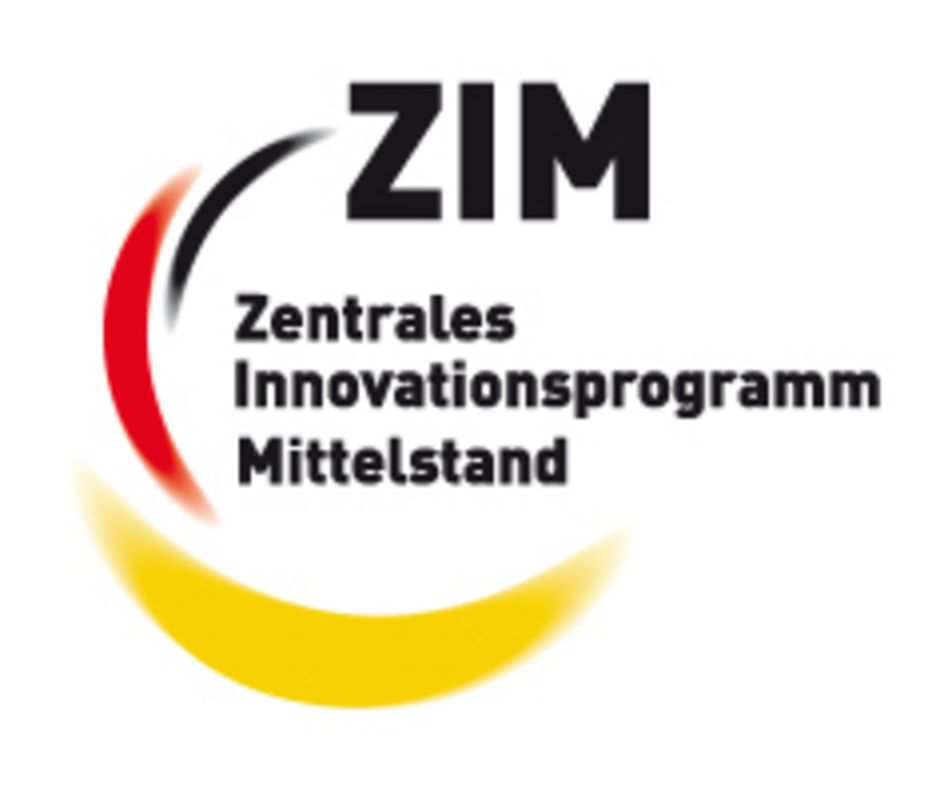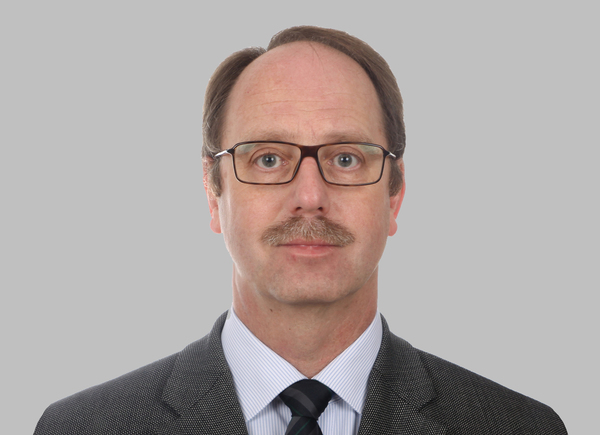
Combining several materials to form a so-called composite material makes it possible to combine the advantages of the individual materials. This makes it possible, for example, to achieve particularly high rigidity with low component weight. Composite materials such as CFRP have been established in the aerospace industry for decades. Due to the advancing lightweight construction, they will also be used on a large scale in the high-turnover automotive industry in the future.
The required 100 % quality inspections of safety-relevant components in the automotive industry presuppose non-destructive testing methods, which are to be fully automated in the sense of Industry 4.0. Here, optical measurement technology offers decisive advantages. It is non-contact, precise and works areally. For measuring the heterogeneous material properties of composites, the use of material-independent shearography is particularly optimal. However, the highly accurate laser measurement method (measurement accuracies of approx. 0.00002 millimeters, about the 2500th part of a human scalp hair) is, due to its principle, just as sensitive to disturbing environmental influences such as vibrations or similar. Automation for large-scale production has therefore not yet been implemented worldwide.
The aim of the overall project is therefore to stabilize the measurement procedure and also to make the partially complex result images interpretable in an automated manner by means of intelligent software development. First results concerning the stabilization, achieved by the novel approach of spatial phase shifting, are very promising.
| Consortium | MS-Electronics GmbH, Mesolt Engineering GmbH, Trier University of Applied Sciences OGKB. |
| Duration | October 2017 - September 2020 |
| Funded by | The German Federal Ministry for Economic Affairs and Energy (in the Central Innovation Program for SMEs program). |
| Funding amount | approx. € 1,300,000 (total project budget) |



You are leaving the official website of Trier University of Applied Sciences